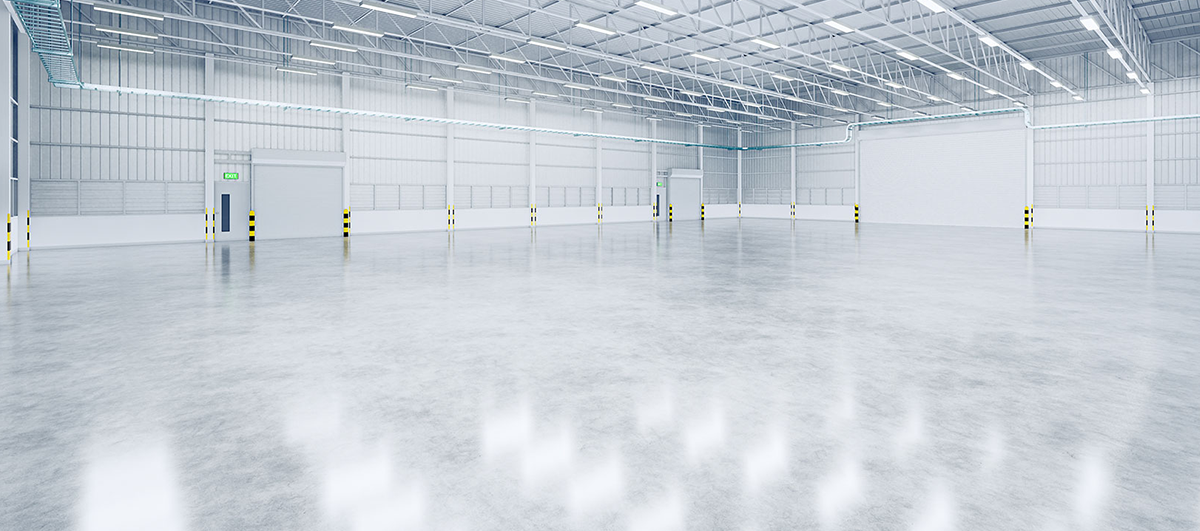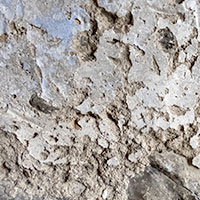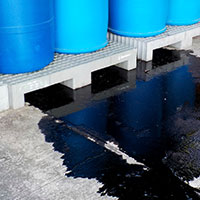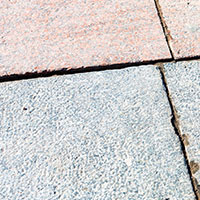Preventive Measures: Identifying and Addressing Early Signs of Floor Damage

Paying attention to the state of your commercial floor is vital for your building. A damaged floor may affect your business operations in several ways, here are some benefits to keeping your floor in the best shape:
- ✔ Enhancing Safety: Maintaining even surfaces and addressing cracks and raised edges reduces the risk of injuries and potential liability issues.
- ✔ Optimizing Functionality: Proactive floor maintenance ensures that your space functions at its best, supporting seamless operations and product presentation.
- ✔ Smart Financial Planning: Addressing damage promptly avoids the need for costly repairs, allowing for better budget management.
- ✔ Well-Being and Comfort: Preventing moisture damage minimizes the risk of mold growth, fostering a healthier environment for all occupants.
- ✔ Uninterrupted Productivity: Swiftly addressing floor repairs minimizes disruptions to daily operations, preventing productivity losses.
- ✔ Meeting Compliance Standards: Keeping floors in top condition helps you stay in line with building codes and regulations, avoiding fines and operational interruptions.
- ✔ Preserving Property Value: Regular maintenance safeguards property value, benefiting both owners and tenants alike.
What to look for? Here are some common types of early floor damage to keep an eye on:
1. Spalling:
- WHAT IS IT: Spalling refers to the chipping, flaking or breaking of the surface layer of concrete or other floor materials. It often occurs due to wear and tear, heavy traffic or exposure to harsh environmental conditions.
- SIGNS: Look for areas where the floor's surface appears to be deteriorating, with small chips, cracks or pits forming. In severe cases, larger sections of the floor surface may be crumbling or breaking apart. Spalling can result from freeze-thaw cycles, chemical exposure and abrasion. It's also commonly seen in areas where de-icing salts are used during winter.
2.Spills:
- WHAT IS IT: Spills can include anything from water and oils to chemicals and food substances. Spills are a common cause of floor damage, especially in commercial and retail settings with heavy foot traffic.
- SIGNS: Stains, discoloration or surface damage can indicate spills. Sometimes, the damage may take time to be apparent but can worsen over time if not cleaned and addressed promptly. Spills can lead to staining, corrosion of certain flooring materials and weakening of the floor surface if not cleaned up and managed appropriately.
3.Moisture:
- WHAT IS IT: Moisture damage occurs when excessive water or humidity infiltrates the flooring material causing it to warp, buckle, stain or deteriorate.
- SIGNS: Mold or mildew growth is another indication. Concrete floors may show staining and deterioration due to their porous nature, compromised seams, leaks and high humidity levels.
4. Uneven Joints:
- WHAT IS IT: Uneven joints refer to the gaps or seams between different sections of the flooring or concrete slabs, becoming uneven or raised.
- SIGNS: Uneven joints may be visually noticeable as raised or disjointed areas in the floor. In extreme cases, these areas can crack or break apart. Uneven joints can result from settling or shifting. They are often exacerbated by heavy loads or traffic in commercial spaces.
Identifying these signs of damaged commercial floors early is crucial to preventing further deterioration and ensuring the safety and functionality of your facility's floor. Regular maintenance, inspections and promptly addressing minor issues can help extend the life of your floor and reduce repair costs in the long run. Check out QuestMark's Online Shop for DIY commercial floor repair products or visit their Amazon store. Need professional repairs? Contact us today and let's get started!
When you subscribe to the blog, we will send you an e-mail when there are new updates on the site so you wouldn't miss them.
